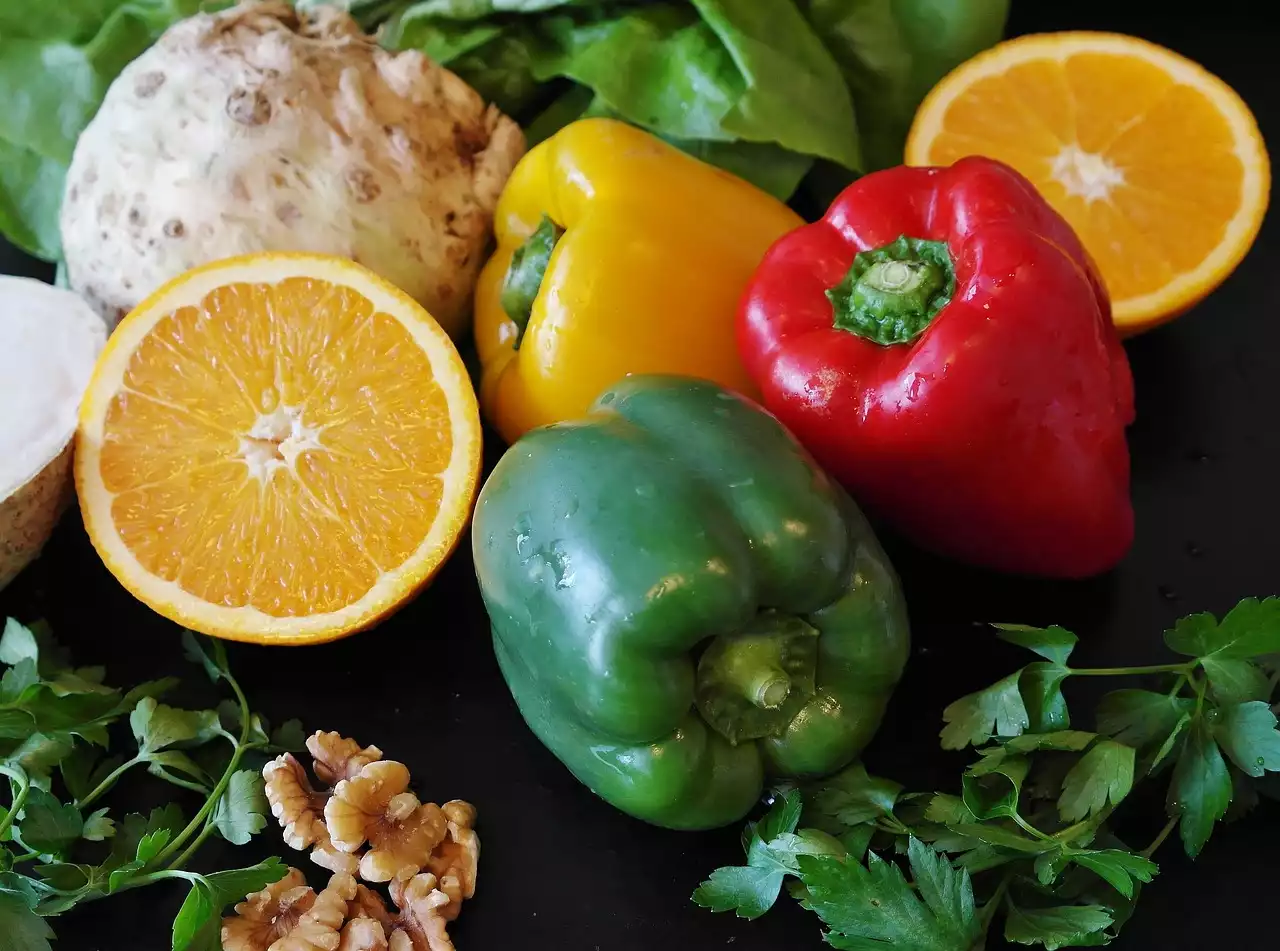Transitioning to a vegetarian diet can be challenging, but it is a decision that can have a positive impact on your health, the environment, and animal welfare. In this article, we will provide a step-by-step guide to help you make the transition to a vegetarian lifestyle. You will learn about the basics of vegetarian nutrition, how to set realistic goals and timeframes, find vegetarian alternatives to your favorite foods, experiment with new foods and recipes, seek support and connect with the vegetarian community, and overcome common challenges and obstacles. By the end of this article, you will have the tools you need to make the transition to a vegetarian diet.
Step 1: Understand the Basics of Vegetarian Nutrition
To make the transition to a vegetarian diet, it is essential to understand the basics of vegetarian nutrition. While meat is a primary source of protein in the Western diet, there are plenty of plant-based protein sources available. Legumes, nuts, seeds, tofu, tempeh, and quinoa are all excellent sources of protein for vegetarians. Additionally, it is essential to ensure that you are getting enough iron, calcium, and vitamin B12. To do this, consider incorporating fortified foods, like plant-based milk, and taking supplements. Finally, make sure to eat a balanced diet that includes a variety of fruits, vegetables, whole grains, and healthy fats.
Step 2: Set Realistic Goals and Timeframes
To make the transition to a vegetarian diet, it is essential to set realistic goals and timeframes. Rather than trying to switch to a vegetarian diet overnight, consider taking small steps and making gradual changes. For example, you might start by reducing your meat consumption or trying one new vegetarian recipe per week. By setting small goals and timeframes, you can avoid becoming overwhelmed and increase your chances of success.
Step 3: Find Vegetarian Alternatives to Your Favorite Foods
One of the most significant challenges of transitioning to a vegetarian diet is finding alternatives to your favorite foods. However, there are plenty of vegetarian alternatives available. For example, you might try veggie burgers, tofu stir-fry, or lentil soup as meat-based substitutes. Additionally, many recipes can be easily modified to make them vegetarian-friendly. Consider experimenting with different meat substitutes, like seitan or jackfruit, and plant-based ingredients to find what works best for you.
Step 4: Experiment with New Foods and Recipes
Transitioning to a vegetarian diet is an excellent opportunity to experiment with new foods and recipes. By expanding your palate and trying unfamiliar ingredients, you can discover new and exciting meal options. Consider trying new vegetarian staples, like nutritional yeast or tempeh, and experiment with different cuisines to find your favorite vegetarian dishes.
Step 5: Seek Support and Connect with the Vegetarian Community
Finding support and connecting with the vegetarian community can be an excellent way to stay motivated and get advice. Joining online forums, social media groups, or local meetups can help you connect with others who are making the transition to a vegetarian diet. Additionally, having a support system can be helpful when dealing with unsupportive family or friends.
{H2} Step 6: Step 6: Overcome Common Challenges and Obstacles
There are many common challenges and obstacles that you may face when transitioning to a vegetarian diet. One of the most significant challenges is dealing with social situations, such as eating out or attending social events. However, there are strategies that you can use to overcome these challenges. For example, you can plan ahead by researching vegetarian options at restaurants or bringing vegetarian snacks to social events. Additionally, don't be afraid to ask for vegetarian options or modifications to dishes when dining out.
Another common challenge is traveling while maintaining a vegetarian diet. However, with some planning and preparation, it is possible to eat vegetarian while on the road. Research vegetarian-friendly restaurants and markets at your destination, and consider bringing vegetarian snacks or meals with you. Additionally, you can inform your travel companions or hotel staff of your dietary needs to make sure that vegetarian options are available.
It's important to remember that setbacks are a normal part of the transition to a vegetarian diet. If you slip up and eat meat or struggle to maintain a vegetarian diet, don't beat yourself up. Instead, refocus on your goals, and remind yourself of the reasons why you decided to become vegetarian in the first place.
Conclusion
Transitioning to a vegetarian diet can be a rewarding and fulfilling journey. By following the steps in this guide, you can make the transition more manageable and increase your chances of success. Remember to take small steps, set realistic goals, and find support in the vegetarian community. By doing so, you can reap the many benefits of a vegetarian diet, including improved health, a reduced environmental impact, and a more ethical and compassionate lifestyle.
In conclusion, making the transition to a vegetarian diet is a personal choice that can have a significant impact on your health, the environment, and animal welfare. By understanding the basics of vegetarian nutrition, setting realistic goals and timeframes, finding vegetarian alternatives to your favorite foods, experimenting with new foods and recipes, seeking support and connecting with the vegetarian community, and overcoming common challenges and obstacles, you can successfully make the transition to a vegetarian diet.
Remember, the key to success is taking small steps and finding what works best for you. Whether you decide to go vegetarian overnight or make a gradual transition, be patient and give yourself time to adjust to the new lifestyle. With determination, a positive attitude, and the right resources and support, you can make the transition to a vegetarian diet and enjoy the many benefits that come with it.










